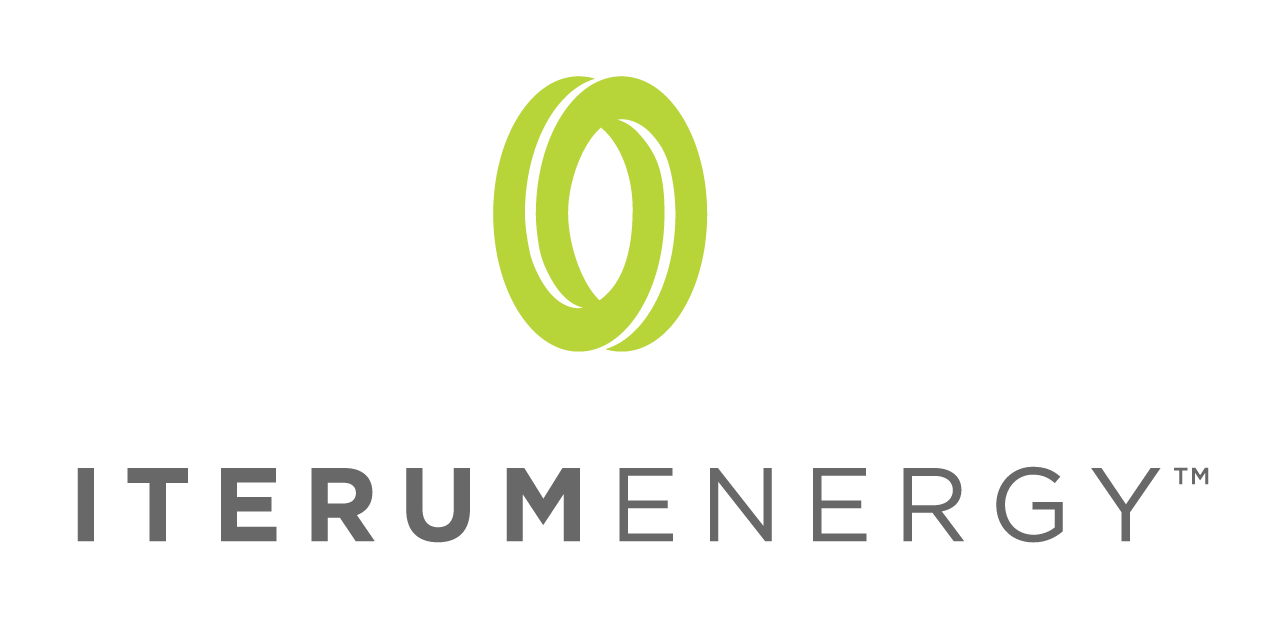Go With the Flow: A Look into the Past, Present, and Future of Hydroelectric Power
[ It’s easy & affordable to invest in green energy technology with ITerum. Click Here To Learn More Now! ]
It's hard to believe that something as simple as flowing water could generate enough electricity to power our homes and businesses, but that's precisely what hydroelectric power does.
For centuries, people have been using the power of moving water to turn turbines and create electricity. In this article, we'll take a look at the history of hydroelectric power, its current function in modern times, and its future potential. We'll also discuss some of the pros and cons of using hydroelectric power to generate electricity.
How Does Hydroelectricity Work?
Hydroelectricity is created when water flows through a turbine, which spins a generator and makes electricity. The amount of electricity that can be generated depends on the amount of water flowing through the turbine and the height of the drop. Hydroelectric dams can store water in reservoirs to generate electricity even when there's no rain or snowfall.
How Did Hydroelectricity Come About?
Hydroelectric power is a renewable energy source that's been around for over 100 years. It's the most widely used form of renewable energy in the world. It accounts for about 16% of the world's total electricity production.
The first hydroelectric power plant was built in 1882 by James Blyth on the Fox River near Appleton, Wisconsin. The plant produced enough electricity to light up about 500 incandescent lamps and ran for about six hours per day. In 1887, Nikola Tesla built a hydroelectric power plant at Niagara Falls which could produce enough electricity to light up about 200 incandescent lamps and ran for about 12 hours per day.
In the early 1900s, hydroelectric power plants were built in many other parts of the world, including Australia, Brazil, Canada, and Russia.
Hydroelectric Power Today - Pros and Cons
Today, over 800 hydroelectric power plants are in operation worldwide. These plants combine to generate about 16% of the world's electricity.
The United States is the world's largest hydroelectricity producer, with over 79 gigawatts (GW) of installed capacity. In 2015, hydropower generated about six percent of America's total electricity.
Hydroelectricity is a renewable energy source that'll never run out. It's also very efficient and does not produce air pollution or greenhouse gases. As a result, hydroelectric power plants can have a long lifespan – some of the oldest plants are still operating after more than 100 years.
While hydroelectricity is a renewable energy source that doesn't produce greenhouse gas emissions. Hydroelectric power also has a very low carbon footprint, which is essential in the fight against climate change.
What Are The Drawbacks Of Hydroelectricity?
The main drawback of hydroelectricity is that it requires a significant upfront investment to build dams and power plants. In addition, hydroelectric dams can also cause environmental problems, such as flooding, soil erosion, and loss of wildlife habitat.
Another downside is that dams can disrupt ecosystems and displace people who live in the area. Another issue is that hydroelectric power plants require a large amount of water to operate and can cause droughts in areas where they're located.
The Positives
Despite its drawbacks, hydroelectricity is still one of the most efficient and widely used forms of renewable energy in the world. With advances in technology, smaller and more efficient hydroelectric power plants can be built, which have less impact on the environment. Ocean wave and tidal energy systems also promise new ways to generate electricity from moving water.
Another area of improvement for hydroelectric dams is fish passage. Currently, many dams block the migration of fish, which can have a devastating effect on local ecosystems. But new technologies are being developed that would allow fish to safely pass through dams while still generating power.
As the world looks to move away from fossil fuels and towards renewable energy sources, hydroelectric power is poised to play a significant role in our energy future. Hydroelectric dams are already a major source of renewable energy worldwide. As already noted, they could become even more efficient and widespread in the coming years with innovative developments.
The Future
One of the biggest obstacles to the broader adoption of hydroelectric power is its reliance on water resources. But new technologies are being developed to extract energy from other sources, such as air and tides. These new sources are called "air-based" and "tidal-based" hydropower, and they have the potential to provide clean, renewable energy without the environmental impacts of traditional hydroelectric dams.
Another way hydroelectric power is being improved is through "pumped storage." This technology allows excess energy to be stored in reservoirs and then released when demand is high. This helps to even out the fluctuations in renewable energy production, making it a more reliable power source.
Hydroelectric power is also becoming more efficient as new turbines are being developed to extract more energy from flowing water. These "high-efficiency" turbines can generate up to 90% more electricity than the traditional turbine, making hydroelectric power an increasingly attractive option for utilities and consumers alike.
As we move into the future, it's clear that hydroelectric power will continue to play a significant role in the world's energy mix. Hydroelectricity will only become more efficient, reliable, and widespread with new technologies and innovations.
And that's good news for the planet.
